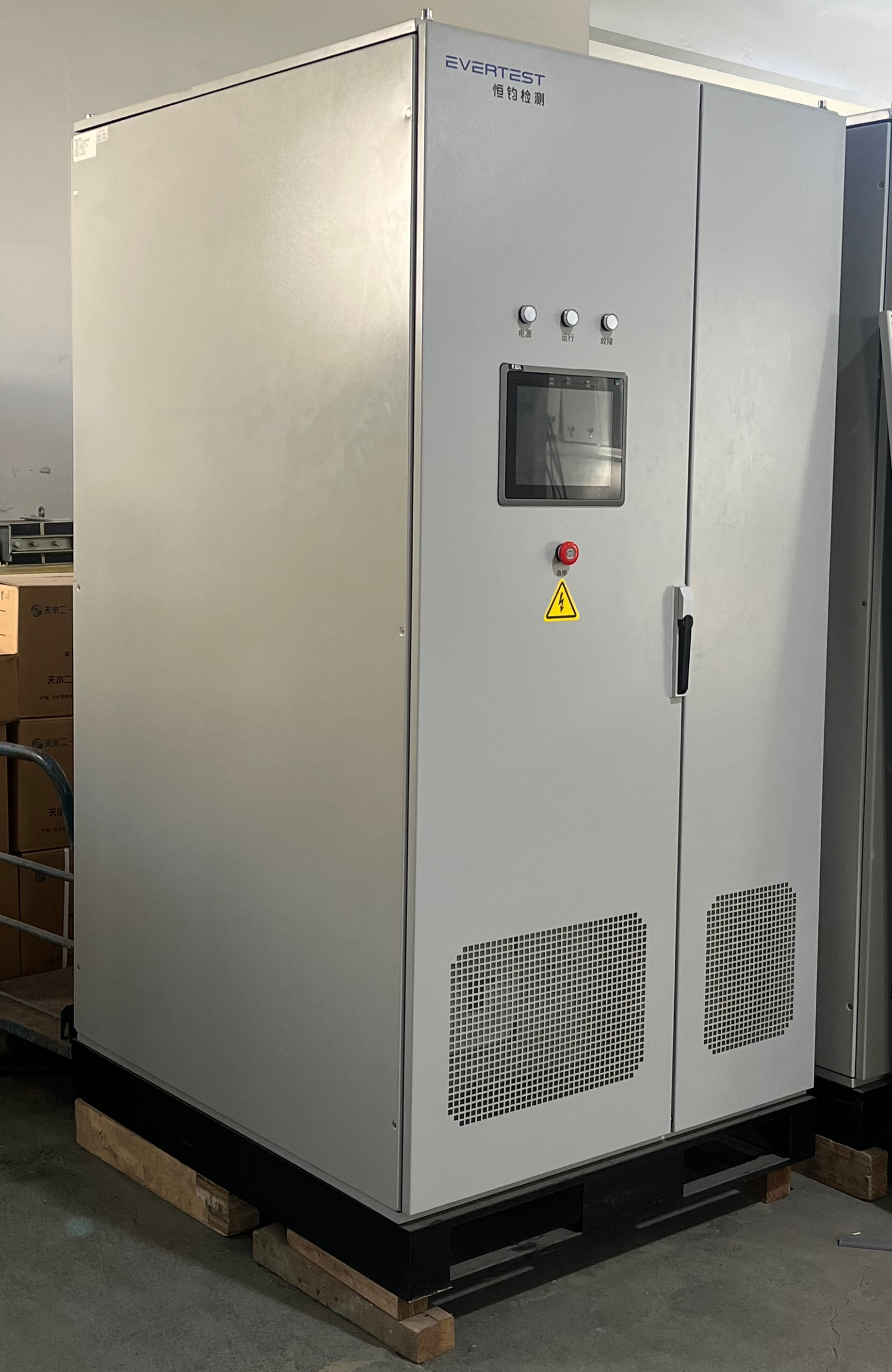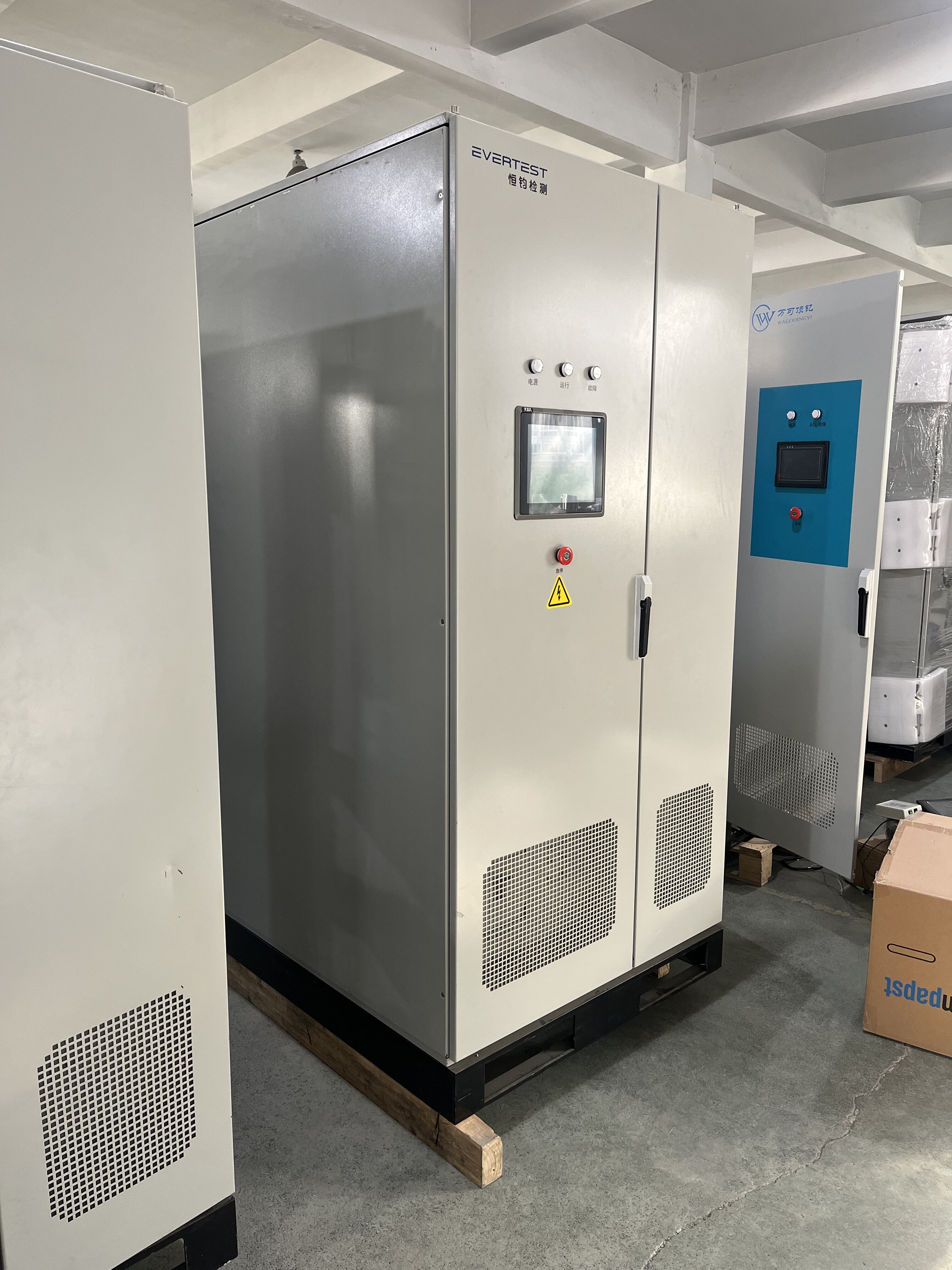Understanding Modern Power Supply Technology Evolution
The landscape of power supply technology has undergone significant transformation in recent years, with bidirectional DC power supply systems emerging as a game-changing innovation. These sophisticated devices can both source and sink power, offering unprecedented flexibility in testing, development, and energy management applications. As industries continue to advance toward more sustainable and efficient power solutions, understanding how to select the right bidirectional DC power supply becomes increasingly crucial for engineers, researchers, and technical professionals.
Core Features and Specifications of Bidirectional Power Supplies
Power Rating and Voltage Range Considerations
When evaluating a bidirectional DC power supply, power rating stands as one of the most critical specifications to consider. The power rating determines the maximum output capability of the unit in both sourcing and sinking modes. Modern systems typically offer ranges from several hundred watts to multiple kilowatts. It's essential to account for both your current requirements and potential future needs, as upgrading later can be costly.
Voltage range flexibility is another crucial aspect that demands careful attention. High-quality bidirectional DC power supplies often feature wide voltage ranges, sometimes spanning from a few volts to several hundred volts. This versatility becomes particularly valuable when testing various devices or when your applications require different voltage levels. Consider whether you need a unit with programmable voltage ranges or fixed outputs based on your specific use case.
Dynamic Response and Control Features
The dynamic response characteristics of a bidirectional DC power supply significantly impact its performance in real-world applications. Look for systems with fast transient response times and precise voltage regulation. Modern units typically offer microsecond-level response times, ensuring stable output even during rapid load changes.
Advanced control features enhance the functionality and ease of use of your power supply. Look for capabilities such as programmable slew rates, overcurrent protection, and remote sensing. These features not only protect your valuable equipment but also provide greater precision in your testing and development processes.

Application-Specific Selection Criteria
Testing and Validation Requirements
Different applications demand different specifications from a bidirectional DC power supply. In testing environments, accuracy and precision become paramount. Consider units with high-resolution programming and measurement capabilities if you're involved in detailed component testing or validation processes. The ability to simulate various power conditions and fault scenarios might also be crucial for comprehensive testing protocols.
For validation applications, look for supplies that offer detailed data logging and analysis capabilities. Many modern bidirectional DC power supplies include built-in measurement and recording features, allowing for comprehensive performance analysis and documentation of test results.
Energy Storage and Battery Testing Applications
When working with energy storage systems or battery testing, specific features become essential. The bidirectional DC power supply should offer specialized battery testing profiles and charging algorithms. Look for units that can accurately simulate battery characteristics and provide detailed state-of-charge analysis.
Safety features become particularly critical in battery testing applications. Ensure your chosen supply includes robust protection mechanisms against overcharging, over-discharging, and thermal runaway. The ability to quickly disconnect in fault conditions can prevent costly damage to both the testing equipment and the batteries under test.
Integration and Connectivity Considerations
Communication Protocols and Interfaces
Modern bidirectional DC power supplies should offer multiple communication interfaces to facilitate seamless integration with existing test systems and automation platforms. Common interfaces include USB, Ethernet, and GPIB. Consider whether the supply supports industry-standard protocols like SCPI for programming and control.
Software integration capabilities can significantly enhance the utility of your power supply. Many manufacturers offer software development kits (SDKs) or application programming interfaces (APIs) that allow custom application development. Evaluate the available software tools and their compatibility with your existing systems.
Physical Installation and Environmental Factors
Physical considerations play a crucial role in selecting the right bidirectional DC power supply. Consider the available space in your facility and the unit's form factor. Rack-mount options might be preferable for laboratory environments, while standalone units might better suit mobile testing applications.
Environmental factors such as operating temperature range, cooling requirements, and noise levels should also influence your selection. Ensure the chosen unit can operate reliably in your specific environment and that any necessary cooling infrastructure is available or can be installed.
Cost and Long-term Value Analysis
Initial Investment Considerations
While the initial purchase price is important, it shouldn't be the only financial factor in your decision. Consider the total cost of ownership, including installation, training, and any necessary accessories or supporting equipment. Higher-quality bidirectional DC power supplies might command premium prices but often offer better reliability and longer service life.
Look for suppliers that offer comprehensive warranty coverage and reliable technical support. The availability of local service and calibration facilities can significantly impact long-term ownership costs and equipment downtime.
Efficiency and Operating Costs
Energy efficiency becomes increasingly important when selecting a bidirectional DC power supply, especially for high-power applications. More efficient units not only reduce operating costs but also minimize cooling requirements and environmental impact. Compare efficiency specifications across different operating modes and power levels.
Consider the maintainability and calibration requirements of different units. Some models offer self-calibration features or longer calibration intervals, potentially reducing ongoing maintenance costs and downtime.
Frequently Asked Questions
What distinguishes a bidirectional DC power supply from traditional power supplies?
A bidirectional DC power supply can both source and sink power, allowing it to both provide and absorb energy. This capability makes it ideal for testing batteries, renewable energy systems, and other applications requiring two-way power flow. Traditional power supplies typically only provide power in one direction.
How important is accuracy in bidirectional DC power supply specifications?
Accuracy is crucial for most applications, particularly in research and development or production testing environments. Look for supplies offering at least 0.1% accuracy in both voltage and current measurements, with some high-end models providing even greater precision.
What safety features should I prioritize when selecting a bidirectional DC power supply?
Essential safety features include overcurrent protection, overvoltage protection, reverse polarity protection, and emergency shutdown capabilities. For battery testing applications, additional features like temperature monitoring and isolation detection are also important considerations.



